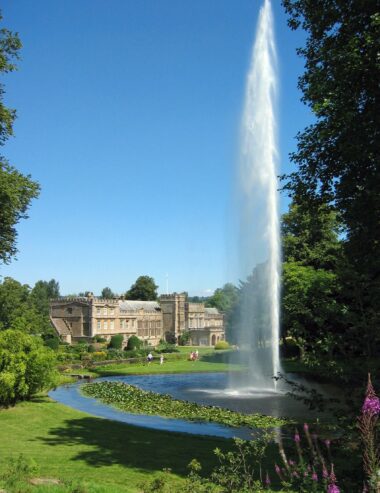Forde Abbey is a historic house and working estate on the Somerset-Dorset border, just a short drive from Chard. Once a Cistercian monastery, the site has evolved over more than 900 years into a stately home surrounded by thirty acres of landscaped gardens.
The abbey was founded in the 12th century by monks from the Cistercian order, known for their simplicity and commitment to manual tasks. The monastery became one of the richest in the country before being dissolved by Henry VIII in the 1530s.
Over the following centuries it was gradually converted into a private home. Much of the current building dates back to the 17th century, when it was bought by Edmund Prideaux, a lawyer and MP who gave it its classical frontage and developed the interiors that can still be seen today.

Visitors to the house can explore a series of rooms that reflect different stages of the abbey’s history. These include the Great Hall with its high ceilings and tall windows, the ornate chapel, and the dining room with portraits and period furniture. The Mortlake tapestries – woven in the 1600s using designs by Raphael—are a highlight, showing biblical scenes in intricate detail.

The gardens are as much of a draw as the house. Laid out over several centuries, they include formal borders, informal woodland paths, a bog garden, a walled kitchen garden, and ornamental ponds. One of the standout features is the Centenary Fountain, the highest-powered fountain in England, which shoots water over 160 feet into the air. Seasonal planting means there is something to see year-round, from snowdrops and spring bulbs to late summer perennials and autumn colour.
The gardens are also a working space, with fruit, vegetables, and cut flowers grown for use in the tearoom and events. There’s a plant nursery on site, as well as a shop selling local produce and gifts.
Forde Abbey remains privately owned and run by the Kennard family, who live on the estate and maintain it with care and attention to detail. The atmosphere is calm and personal, and it’s easy to spend several hours here exploring at your own pace. The house and gardens are usually open from spring through to autumn, with special events throughout the season, including garden open days and craft fairs.




